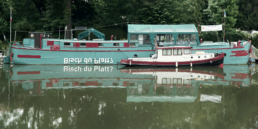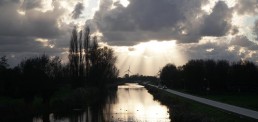Ride along Rivers
When man migrated from Africa they travelled mainly along the coast where a lot of bounty could be found that sustained their travels. Besides the obvious fish and shellfish, a little further inland many plants and animals where gathered and hunted to set those earliest of globalists on a steady pace conquering all corners of the globe. Still the majority of mankind is located along the coasts of the continents.
Rivers where the obvious next step to trek further inland and discover the wealth these new territories had to offer. And what they found was nothing short of amazing. Abundant fresh water in lakes and streams, teeming with fish, new plants and animal species to thrive on. Minerals of all sorts, different ores of metal and new types of timber ready for imaginative minds to explore their possibilities. After the stone age, first copper and then iron working, construction of villages into cities and the “major” invention that boosted humans into the modern world: agriculture. Riverbeds flat enough formed the perfect base for crops to grow and sustain life on an ever more growing scale.
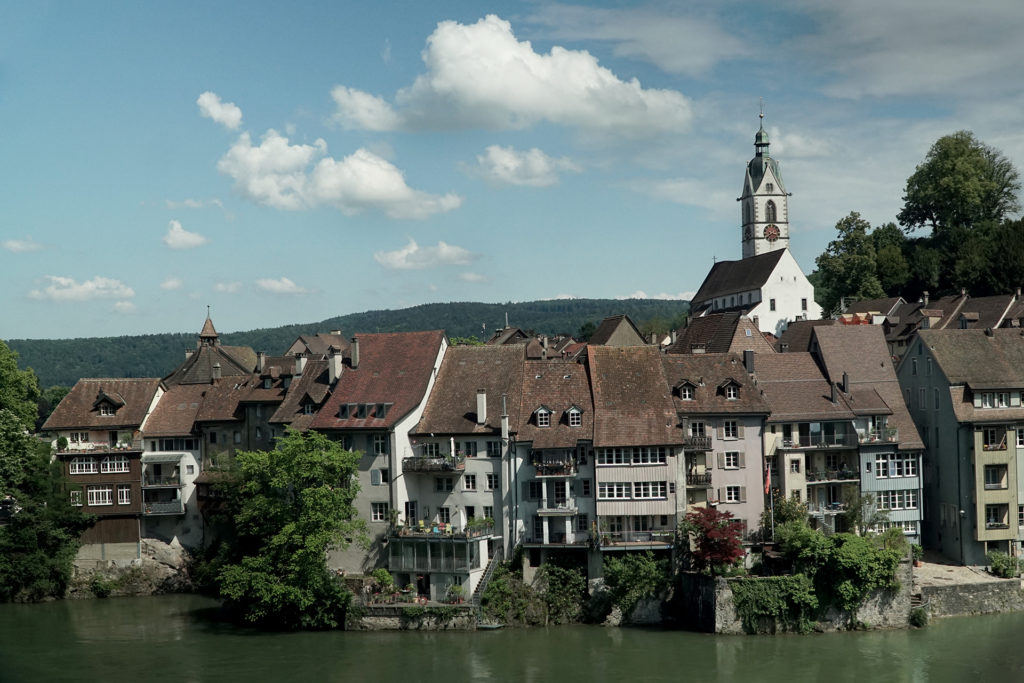
Planning our route through Europa never intended cycling along as many rivers as we did. Why did we? Visiting my Mom and her friend on the Moezel river made us plan our route down Germany along this river system. We wanted to cycle without any big hills to climb and just ease into long distance cycling. Being Dutch, where almost the whole country is flat, and now loaded with quite some gear on our bikes, some of us found the first mountain of the Netherlands (they call the highest point a mountain but of course it is a reasonable hill of 323m above sea level) to bite the muscles a bit. Google maps made it easy to drag the route to our desired elevation profile and off we went.
It was cycling at it’s best so far. Climbing a couple of meters every ten kilometers, we never even felt that we where gaining height. Lots of nice bigger and smaller towns, perfect for groceries and water. The mountains sides just jam packed with grape vines, the most important export commodity of the Moezel region. The slopes and the way they retain heat are optimal to produce world famous wines. This is also one of the most early populated regions of Germany with the oldest village Neumagen-Dhron, where we stayed on maybe the oldest camping, and also the oldest city Trier. At the city of Konz al little further, we exchanged the Moselle for it’s tributary the Saar river. Not far from here the Moselle defines the border between Germany and Luxembourg.
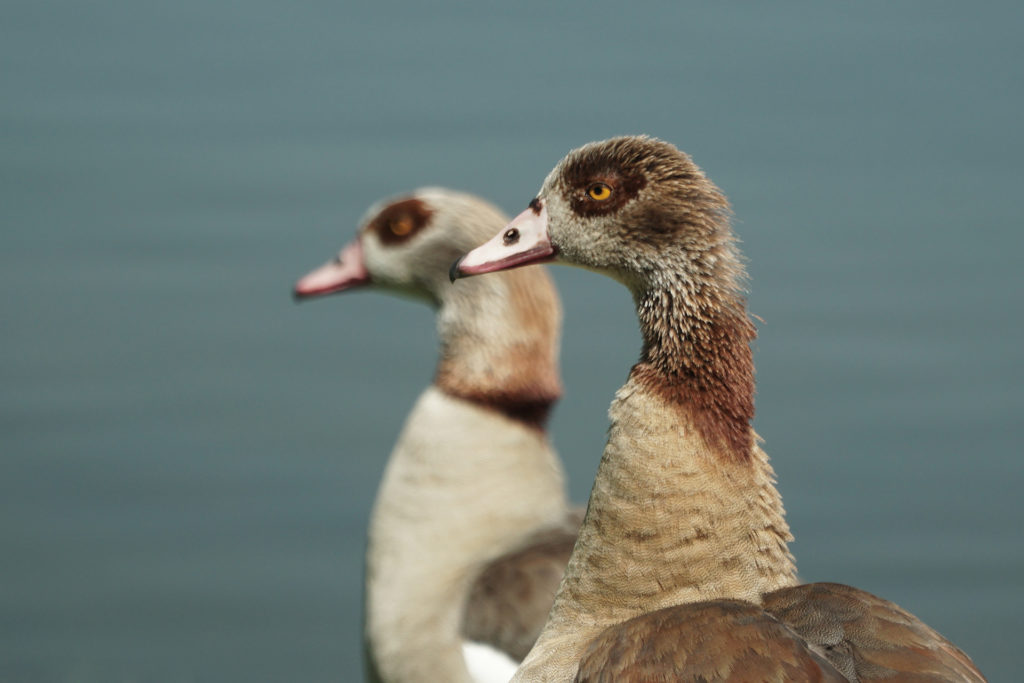
Riding up the Saar gave a new dimension to the river riding experience. The valley is narrow at it’s mouth and opened up the higher we climbed. Some spectaculair mountain trails led us into one of the most beautiful villages 'Saarburg'. Here we could still see how the water from the mountains was used for early industrial uses. The surrounding natural area is peaceful, clean and respectfully used by the inhabitants: a joy to ride along. Further up things changed and we where in for a shock. At Völklingen the other side of the river gave rise to a massive steel foundry. An eerie place with a retro futuristic look, something out of an old space movie. It continued for several kilometers, just huge and intimidating. As we found out this is a UNESCO world heritage site, a steel smelting plant build in 1873, one of it’s kind still intact. Now it is being preserved for mankind and used for cultural purposes. (You can see a bit of it in our youtube video here!)
The mighty Rhine, one of the major rivers of Europe, where the Moselle and so also the Saar flow into, defines the border between France and Germany between the twin mountain ranges of the Vosges and the Black Forest. It flows windingly and would take to many kilometers to meet our appointment with a dear friend in Switzerland. The route plotting software suggested a network of French canals making shipping in this area possible. Coming down from the Lower Vosges range at Lutzelbourg, the almost endless sequence of sluice steps of the ‘de la Marne au Rhine’, to get in and out of the mountains, made a way for us down to Strasbourg. Ideal riding turned into a bit of a bore along the ‘Rhone au Rhine Nord’ canal that runs along the Rhine south to the three land point with Switzerland an Germany. Long and nothing really to quench the thirst of the eyes, except great vistas of the mountains that where sometimes visible. What really was interesting though: a local told us how once the Vosges and the Black Forest where one mountain range. The Rhine flowed underground at that time eroding the central part of the range. After the mountains sunk away the Rhine valley remained, wide and fertile. Now that would make for a great time-lapse!
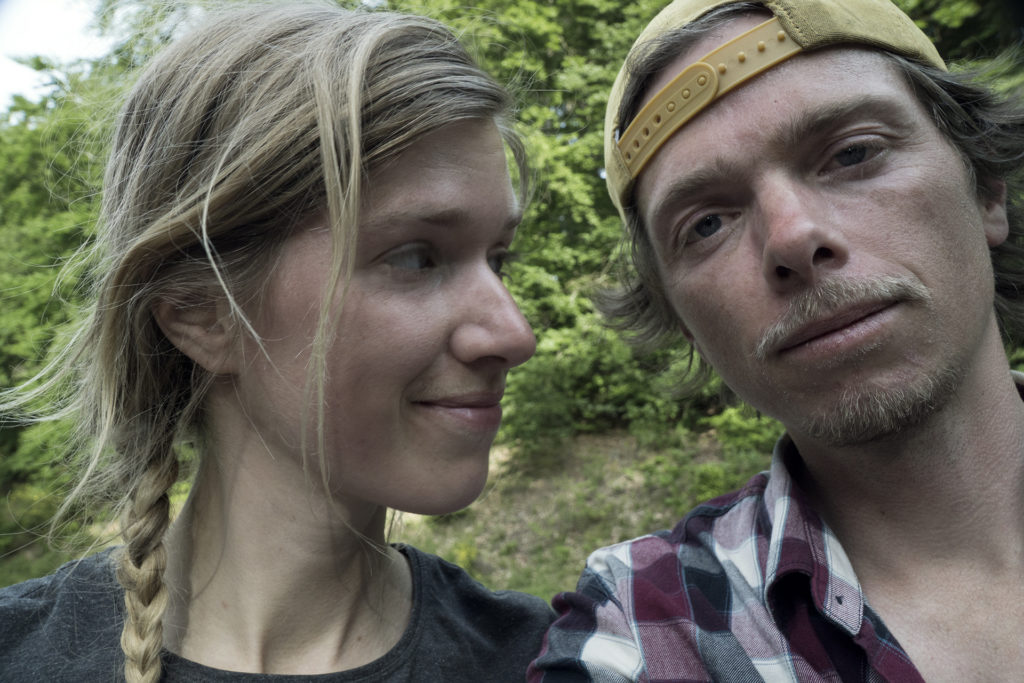
Once in Switzerland we got the first glimpse of the highest mountain range in central Europe: the Alps. Here is where a lot of water feeding the diverse rivers of Europe comes from. Riding through the maze of peaks and valleys brought us a beautiful climb through the Austrian Klostertall valley up to the St. Christoper pass at 1800m. The somewhat sizeable river at Feldkirch near the Austrian-Liechtenstein border turned into a little trickle at the pass, the end of our journey up the Rhine system. At the other side drops that turn into torrents run down to form the Danube river that flows through 10 countries in Europe and empties in the Black sea. Also the culture changed with the water. Before the pass people feel more Swiss than Austrian and once in Tirol over the pass the stereotypical St. Ankton am Tirol defined the Austrian image burned into our Dutch eyes by the television at home.
Rivers will be a sanctuary for us when the riding gets tough and we need a little break or need to take it easy. For instance in Italy where the sun was burning us from our bikes from 11 until 6. We had to cross the north Italian “flats” from the Appenine mountains to meet meet family and friend near the Dolomites. The first time over from the Alps to our Workaway address was in a hurry so the more main routes in the flats where pretty boring and hot. With the sourcing heat as our enemy, water nearby to cool and relax made a huge difference. Also we learned to plot our routes a little bit better and without time pressure we rode and enjoyed the backroads and waters of northern Italy. Also sorbetti, which is frozen water in all kinds of delicious flavours, was a big motivation to keep on going ;.)
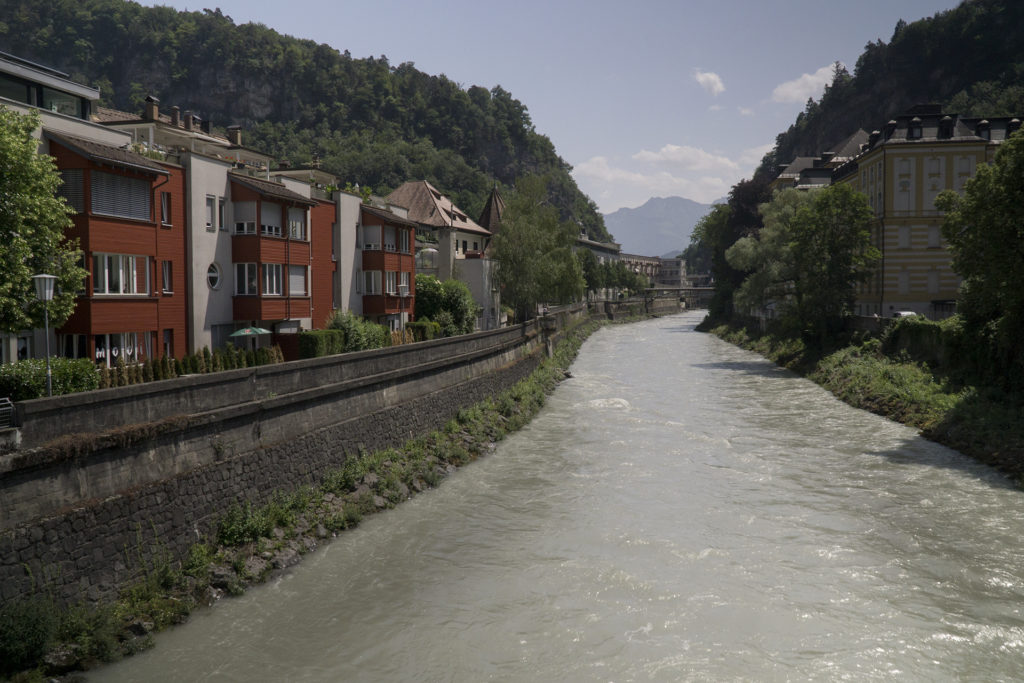
Pro’s
- Nearly flat cycling, just a little bit up or down
- Navigation is very easy
- Highways of civilisation with all the facilities you will ever need
- Historical sites to explore
- Always water to wash, clean, and after purification to drink
- A welcome escape from the heat of summer, find or make some shade nearby
Con’s
- Can be too crowed for your taste
- At moments monotonous riding along agricultural landscapes
- Winding curves take longer to reach a destination
- For a challenging ride this is often not the way to go
Getting into the Groove
Starting a world cycling trip for the first time is a daunting thing. To leave family, friends, work and general social life and hit the road is a leap of faith. Faith you have in yourself, possibly your partner, the world you are going to encounter, equipment and all the other bigger and small things that keep your frame of mind sound for such an adventure.
The day we left was a bag of mixed emotions. High and lows where felt by the two of us and all the people that came to say farewell. Tears of joy and sadness complemented each other and made it an extraordinary moment that made a deep root in my being. A crazy moment in a life lived in the ease and comfort of the modern world. But isn’t that the point: getting out of the comfort zone and find a bit more meaning to life?
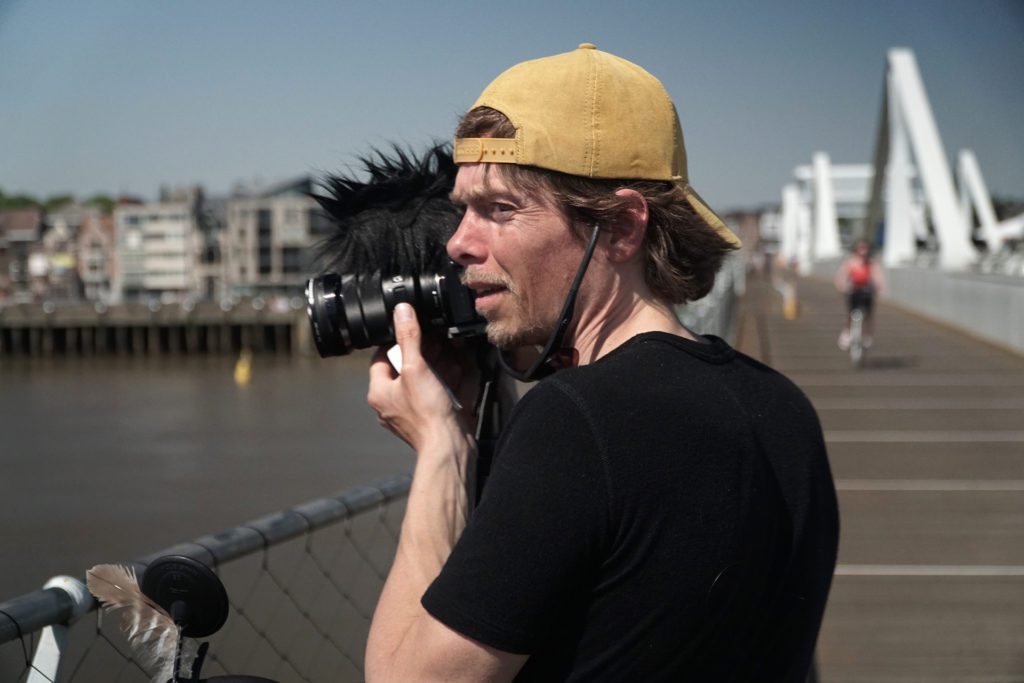
Gears set, feet placed firmly on our pedals… and we where off. Strange but real these first few meters and even kilometers that turned into days. It felt just like a normal bike ride which would soon end and the daily grind would start all over again. Ever so slowly it turned into “wow, we are doing it”, hold back a bit by some deadlines set to meet family and friends along the way. This set the tone as the visiting days where planned and toke over the feeling of freedom somewhat. In exchange we got a warm welcome, a bed to sleep and precious time to spend with relatives and friends we don’t see all that often.
Being out on the road for a while now fills us with a great sense of freedom. To stop at every opportunity is so different from traveling by car, bus or train which need to have a dedicated stop. No motors humming directly beneath you, so many possibilities for exploring natural areas, sidetracks or zigzagging our way to a destination. Just the two of us and the world we ride on.
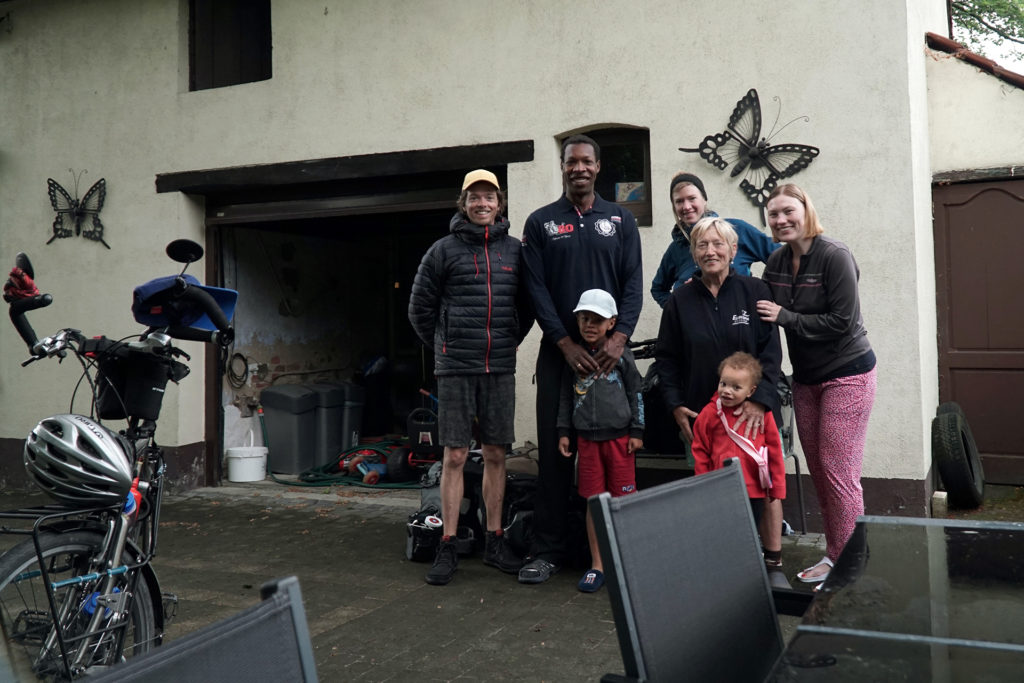
Cycling 60 km a day for 5 days a week making for 300km/week average progress. Two days of for organising our stuff like washing, bike maintenance, etc. and hopefully some relaxing. That was the plan for an easy start. What sounded great on paper is a little different out on the road. We didn’t exactly planned a straight line to the first main goal a meditation course in Italy. Our route went all over the place making for a lot of extra kilometers that we didn’t count in our original planning to the centre in Florence. But that’s cycle touring I guess, you never quite know what's around the corner… exciting stuff! Edit: We decided to let this course go because it would have meant two weeks more of constant pedalling from Zurich. Through the Alps, not exactly our home turf, it would be a paradox to exhaust ourself mentally and physically to be on time for a meditation retreat.
Touring with two makes it a little difficult to find a fitting baseline day schedule. Maudi tends to sleep late and I wake early and am ready for action. She wants to snooze a little while I like to hustle and get things going. Also ideas about rest stops, when to find a suitable camping spot, eating and relaxing differ. Tempers flare here and there and we get over the inevitable arguments soon enough. The key here is to find that sweet spot where each of us can be as free as can be while still getting the milage done for our general route plan. We are working on that one…
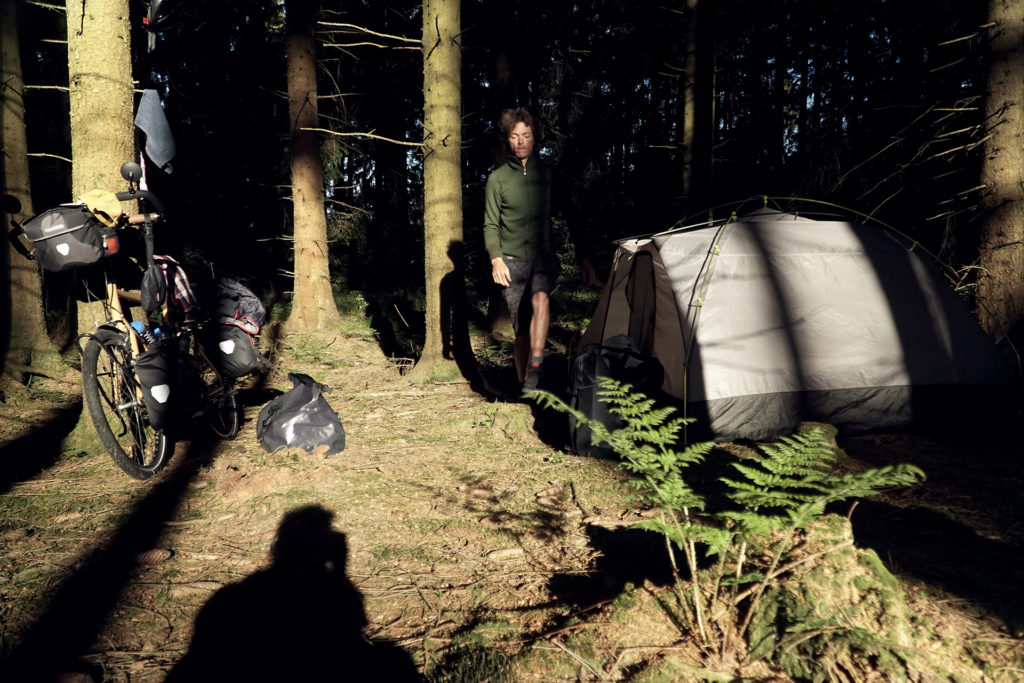
We also had big dreams for what we could accomplish on a daily basis. I can tell you now cycle touring is a lot of work. Waking up, packing up our belongings, making breakfast, loading the bike, start the cycling day, shopping for groceries, cycling, taking photo’s, filling up our water bottles, cycle some more… you get the picture… and the end of the day is a reverse of the morning with a night sleep as cherry on the pie. Hard and honest work, we love it more and more every day. Though our hopes were that we would have a little bit more free time to delve deeper into other hobbies like reading, wood carving, music and relaxing. Perhaps we are still to green and get more efficient with our routines in the future. Or maybe we mellow out our planning to do more other stuff.
Whatever will cross our path does so and we will try and make the best of these moments to come. Nothing is perfect, especially cycle touring. Could it be that’s why it is so addictive?
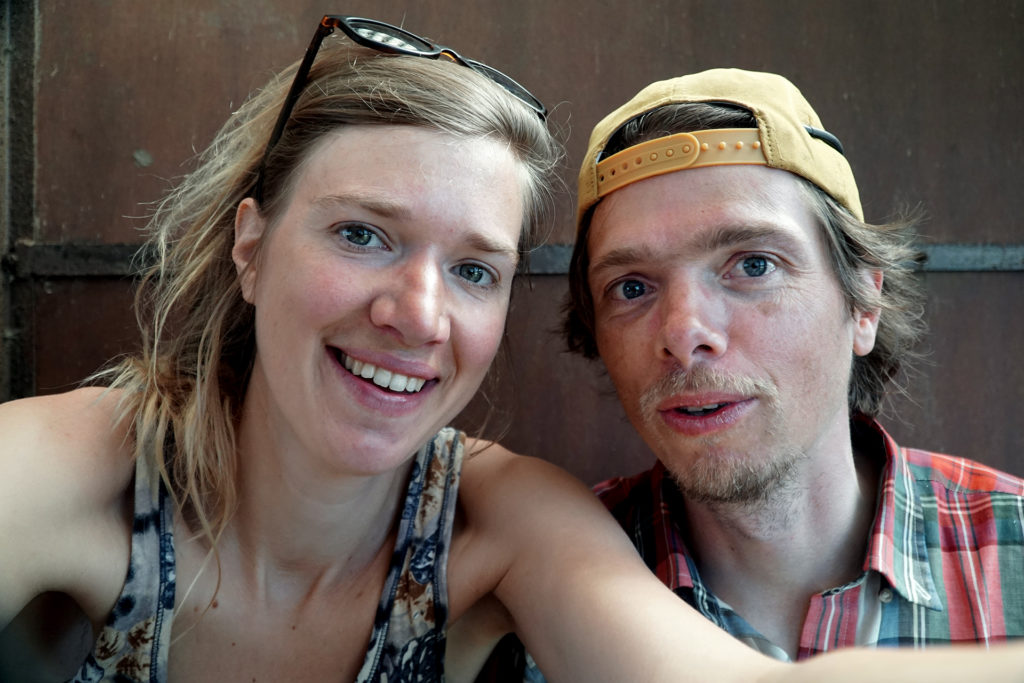
.
Foul Weather Tryout
Doing a tryout before a big tour is a smart way of ironing out the kinks. There is so much stuff and ideas floating around that you can not cover everything. Mistakes, forgets and the likes are going to happen and thats fine. Just like life, live and learn.
One off the things we focussed on this trip was the month november. It is one of the nastiest times to be out. Short day, first frost, fierce winds and the skies can open like no other. Would we still like to ride and camp or could this be a stop to all our plans?
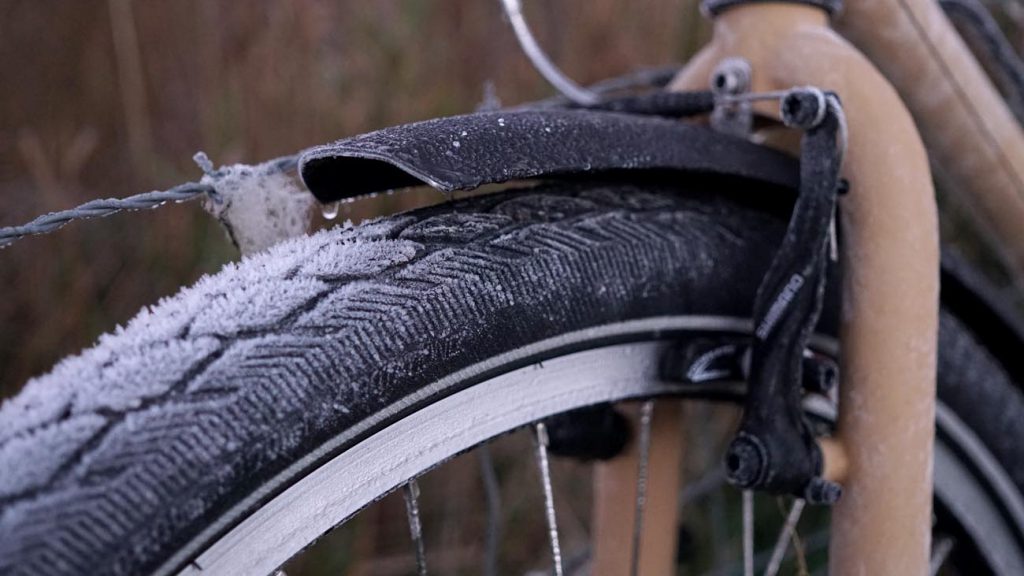
Our choice of clothing was an important factor. I have heard people say there is no such thing as bad weather only bad clothing. We saw the range of seasons november had to offer and our garments where mostly up to it.
Maudi had a hard time keeping her feet warm which affected her riding pleasure. Also in the hands department there is a lot to gain. With only simple fleece gloves I couldn’t cut it. Numb fingers from wet gloves are no fun so an upgrade here is in order. I am working on a layering system but it will only be necessary when we plan to do some deep autumn / winter touring.
We were lucky with the weather albeit headwinds almost 80% of the time is no easy going. There weren’t any continuous days of heavy rain which would have locked us in the tent or big storms in which it would be to dangerous to ride. The clothing and the rest of the equipment where up to the challenge with a few minor tweaks to be made here and there. Staying warm and dry is the key to be safe. Hypothermia in these weather conditions is a real possibility.
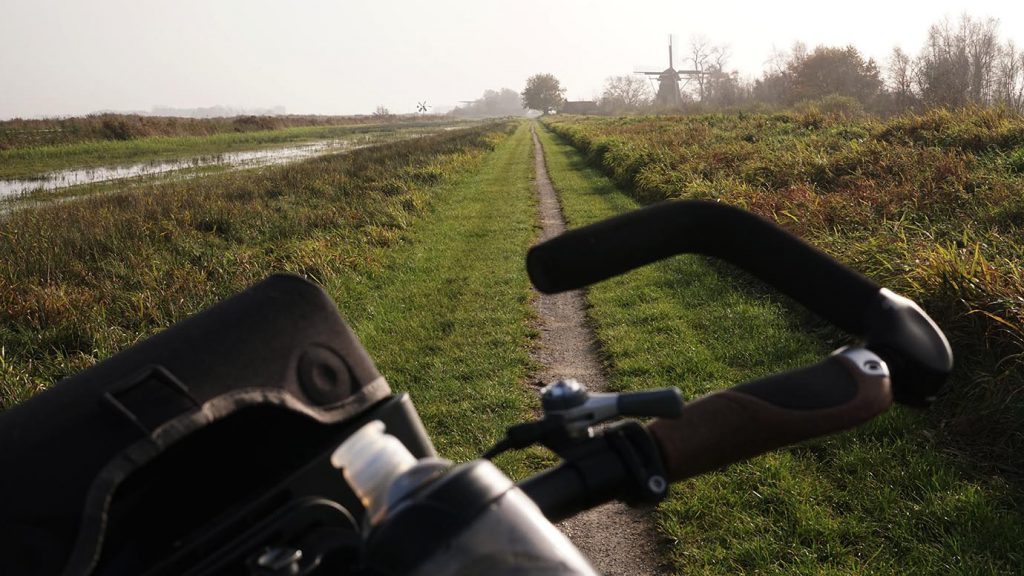
The mental game was the big fish here. Did we like to ride? Most of the time: yes, but there where quite a few moments when we looked at each other and thought ‘what did we get ourselves into’.
The final big day was BIG indeed. From sunrise 120km, headwind all the time, rain on and off and boring scenery. From Mastenbroek to Medemblik is a long way through the flat dutch farm fields called ’polders’ and the app we used for navigation wasn’t helping putting us on the most direct route.
After that came the dike crossing the former inland sea ‘Zuiderzee’ from Lelystad to Enkhuizen. Just 25km of headwind full on, boring, cars zooming by, seeing the end but never getting there. Eventually riding in the dark with barely any lights to Medemblik.
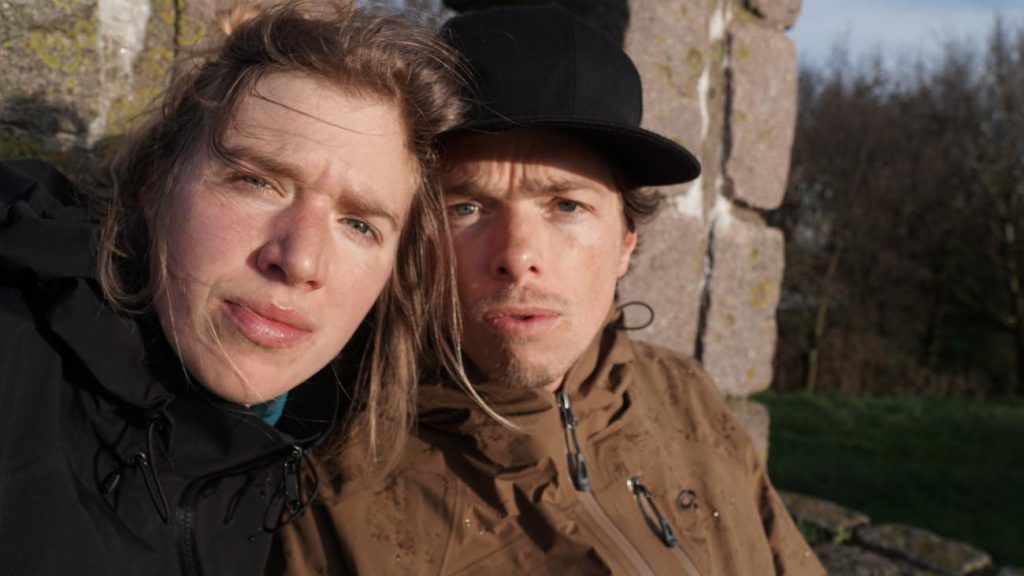
We made it safely to our friends house and where glad this ordeal was over. Not a nice ride to do and where are not planning to do these for kicks during the big tour. But now we got a sense of our capability riding fully loaded bikes a long day in demanding conditions. These kind of days are bound to come in the future and to know we did it before give us that bit extra to get into that frame of mind needed jumping those hurdles.
So a tryout is the ultimate tool to check if you have prepared properly. Maybe you heard of the 5 P’s: Proper Preparation Prevents Poor Performance. It couldn’t be more true. Don’t get too hung up on it though, there is so much to prepare for. So we focus on the important things and the rest will come down the road.
Which aspects of preparation would you consider to be the most important for a long bicycle tour?
